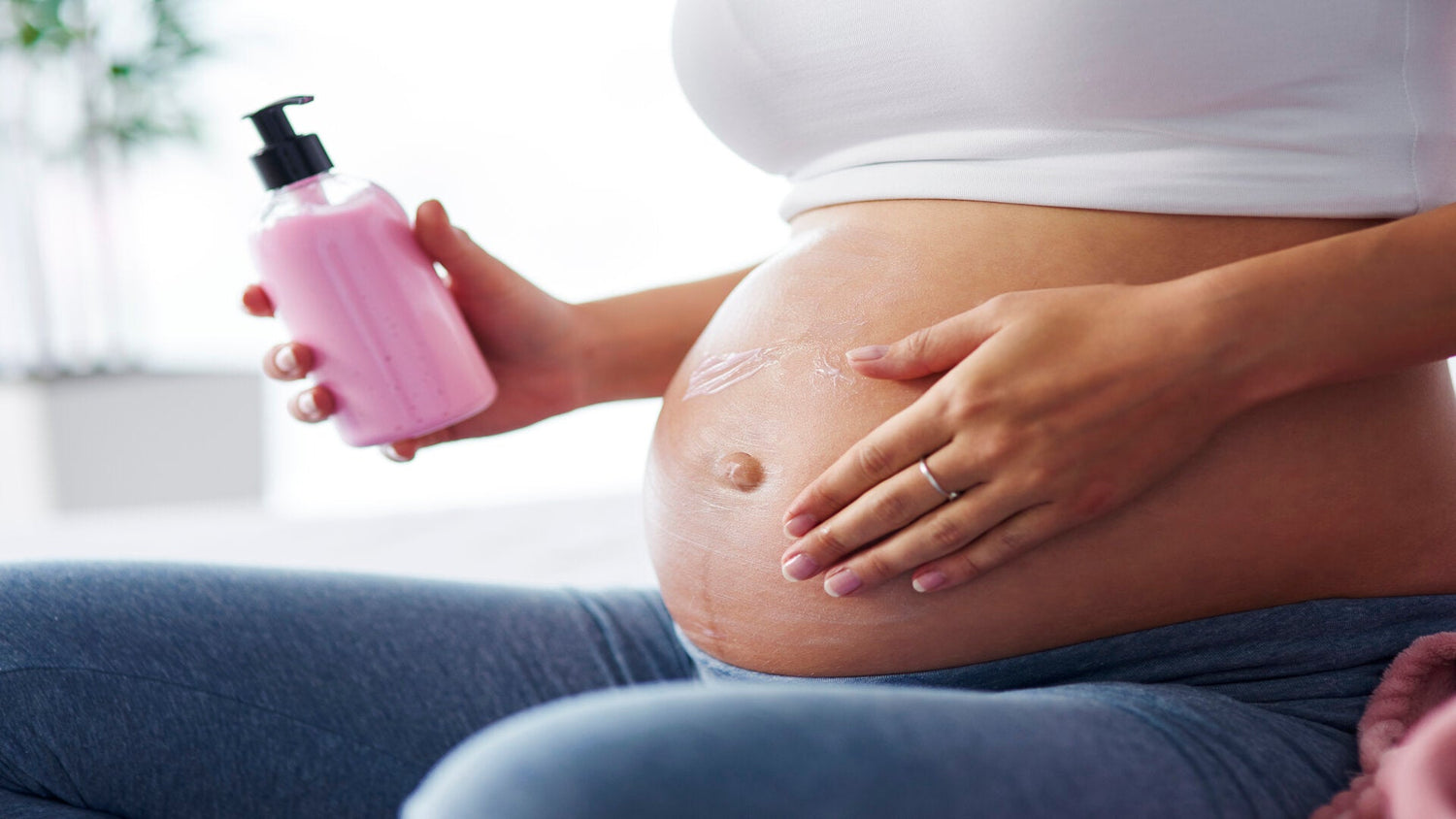
Diapering Essentials Checklist: Must-Have Items for Newborns



Travel During Pregnancy: Dos and Don'ts for a Stress-Free...

10 Healthy Snacks for Pregnant Women

The Home Stretch: Journaling the Third Trimester of Pregn...

When Can You Feel Your Baby Kick? What to Expect During P...

Prenatal Yoga and Its Benefits for Pregnant Women

Welcoming Your Baby in the 9th Month

How to Prepare for Labor and Delivery

Things to do a week before your due date!

The Countdown Begins: Recognizing the Signs of Labor

The Best Books to Read During Each Trimester of Pregnancy

What is a Breech Baby? Understanding the Different Breech...

Top Foods to Avoid During Pregnancy

Do’s & Don'ts in the Third Trimester of your pregnancy jo...

What Is Pregnancy Nose? Causes, Symptoms, and Remedies

What is a Mucus Plug and Why is It Important During Pregn...

7 Daytime Habits for Baby's Restful Nights

Pregnancy Mood Swings! Things You Should Know

The Importance of Choosing the Right Teether for Your Bab...

An Ideal Hair Care For Babies- What You Must Know?

Here's why Expectant Mothers Should Adopt Garbh Sanskar P...

The Charm of Tradition: Old Wives’ Tales for Baby Gender ...

What to Expect During Your Second Pregnancy

Embarking on Motherhood: Early Signs of Pregnancy

Unlocking the Wonders of Garbh Sanskar: Shaping the Unbor...

Why Prospective Parent Should Know About Beej Sanskar

Hospital Bag Checklist for Delivery 2024: Essentials That...

Diapering Essentials Checklist: Must-Have Items for Newborns

Secrets of Licorice: Ancient Remedy or Modern Superfood?

Understanding Your Menstrual Cycle and Ovulation

How to Manage Screen Time for Kids in a Digital Age

A Fun Guide to the Chinese Gender Prediction Chart for Expecting Moms
Bringing a new life into the world is a lovely experience, but it frequently involves bodily changes, one of which is pregnancy stretch marks. These marks are a natural part of the body's adaptation to the miraculous process of pregnancy. In this complete guide, we will look at natural methods for preventing and treating pregnant stretch marks, as well as provide new mothers with comfort and information.
Pregnancy stretch marks, scientifically known as striae gravidarum, are caused by the stretching of the skin during rapid weight gain or growth, which is common during pregnancy. The skin's elasticity is put to the test as the belly, breasts, and hips expand to accommodate the growing baby. While these marks are a testament to the incredible journey of motherhood, many women seek ways to minimize or prevent them.
Staying hydrated is vital for retaining skin suppleness. Drinking an ample amount of water helps keep the skin supple and aids in preventing stretch marks. Aim for at least eight glasses of water a day.
A diet rich in vitamins and minerals contributes to skin health. Incorporate foods high in vitamins A and C, which promote collagen production and skin regeneration. Foods like carrots, sweet potatoes, and citrus fruits can be beneficial.
Related Read - What to Eat When Pregnant: Your Ultimate Guide to a Healthy Pregnancy Diet
Engage in gentle, pregnancy-safe exercises to promote blood circulation and prevent excessive weight gain. Activities like prenatal yoga and swimming can be beneficial for both physical and mental well-being.
Applying natural oils such as almond oil, coconut oil, or olive oil to the skin helps keep it moisturized and improves elasticity. Massage these oils onto areas prone to stretch marks regularly.
Regular massage with natural oils not only nourishes the skin but also promotes relaxation and self-care. Taking time for yourself during pregnancy can be a valuable aspect of preventing stretch marks.
Bio-oil, enriched with botanical extracts, is a popular choice for treating stretch marks. Apply it consistently to affected areas, massaging gently for optimal absorption.
Aloe vera, recognized for its calming properties, has the potential to reduce the visibility of stretch marks. Apply pure aloe vera gel to the affected areas and leave it on for 15-20 minutes before rinsing.
The hydrating qualities of cocoa butter are well-known. Regularly applying cocoa butter to stretch marks hydrates the skin, improves suppleness, and reduces the visibility of the marks.
Experiencing stretch marks during pregnancy is a normal aspect of the incredible journey into motherhood. Embracing these natural changes and actively nurturing your skin can have a meaningful impact. Integrating these simple remedies into your daily routine not only promotes skin well-being but also uplifts your confidence, allowing you to fully immerse yourself in the joyful moments of being a new mom. Remember, every stretch mark tells a unique story of the miraculous journey you've undertaken, and they are a testament to the strength and resilience of the incredible female body.

